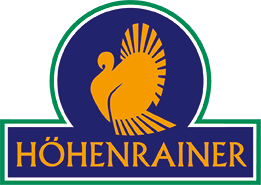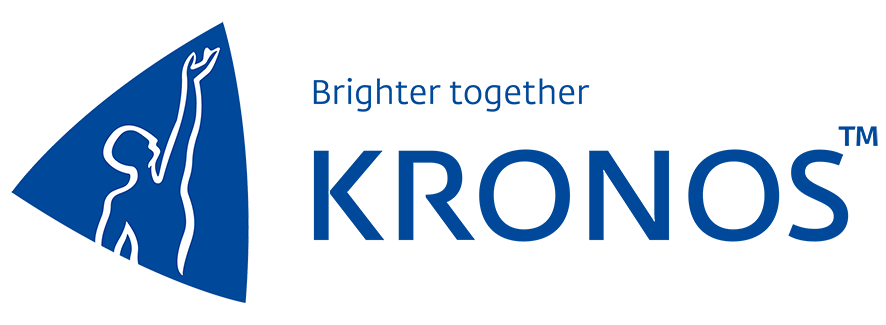Crop Management Best Practices Checklist
A framework outlining key procedures for effective crop management, encompassing soil preparation, planting, monitoring, and harvesting stages.
Pre-Planting Planning
FAQ
How can I integrate this Checklist into my business?
You have 2 options:
1. Download the Checklist as PDF for Free and share it with your team for completion.
2. Use the Checklist directly within the Mobile2b Platform to optimize your business processes.
How many ready-to-use Checklist do you offer?
We have a collection of over 5,000 ready-to-use fully customizable Checklists, available with a single click.
What is the cost of using this Checklist on your platform?
Pricing is based on how often you use the Checklist each month.
For detailed information, please visit our pricing page.
What is Crop Management Best Practices Checklist?
Crop Management Best Practices Checklist refers to a comprehensive list of guidelines and standards that farmers and agricultural professionals follow to ensure optimal crop growth, health, and yield. This checklist typically includes steps such as soil testing, precision irrigation, integrated pest management, crop rotation, and use of organic or chemical fertilizers in moderation, among others.
How can implementing a Crop Management Best Practices Checklist benefit my organization?
Implementing a Crop Management Best Practices Checklist can significantly benefit your organization by:
- Reduced waste and improved yields: By following best practices, you can minimize crop losses due to disease, pests, or environmental factors.
- Increased efficiency: A checklist helps ensure that all necessary steps are taken at the right time, streamlining operations and reducing labor costs.
- Enhanced regulatory compliance: Adhering to industry-recognized best practices demonstrates a commitment to following established guidelines and regulations.
- Improved data accuracy and decision-making: By tracking key performance indicators (KPIs), you can make informed decisions based on reliable data, leading to better resource allocation and strategic planning.
- Reduced environmental impact: Best practices often involve sustainable methods that minimize the use of resources and reduce pollution.
- Increased credibility with suppliers and customers: Demonstrating a commitment to quality and best practices can strengthen relationships with partners and improve brand reputation.
- Improved employee training and development: Implementing a checklist can help identify knowledge gaps among staff, allowing for targeted training and upskilling initiatives.
- Reduced litigation risk: By following established guidelines, you can minimize the risk of lawsuits related to crop management practices.
Overall, implementing a Crop Management Best Practices Checklist can lead to improved efficiency, reduced costs, increased credibility, and a more sustainable operation.
What are the key components of the Crop Management Best Practices Checklist?
- Soil Testing and Fertilization
- Irrigation System Maintenance
- Crop Selection and Variety Planning
- Integrated Pest Management (IPM)
- Weed Control Methods
- Equipment Maintenance and Calibration
- Record Keeping and Data Collection
- Drainage and Water Management Practices
Irrigation Management
Pest and Disease Management
Soil Conservation and Fertility
Harvest and Post-Harvest Management
Expense Reduction
 34%
34% Development Speed
 87%
87% Team Productivity
 48%
48% Generate your Checklist with the help of AI
Type the name of the Checklist you need and leave the rest to us.
 Made in Germany
Made in Germany Fair Pricing Policy
Fair Pricing Policy




























 Certified Security and Data Protection
Certified Security and Data Protection Active Support and Customer success
Active Support and Customer success Flexible and Fully customizable
Flexible and Fully customizable